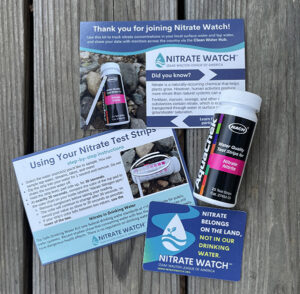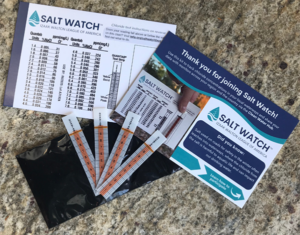Nationwide, roughly 39% of agricultural land is rented—meaning the person that owns it is someone different than who farms it. In some places, that figure is more than 60%.
The dynamics of renting farmland can vary. In some cases, a farmer will “cash rent” land based on a handshake or lease. In others, the farmer and landowner will share costs and returns between both parties.
When it comes to conservation, non-owner landowners are an important group to engage. They may know less about the day-to-day operations of farming. But they also have a vested interest in the vitality of their land—and by extension, their soil’s health, resource conservation and other factors. Action by the landowner, in coordination with the person farming, has real potential to spur change.
In this context, the League provides educational programming for non-operator farmland owners to:
- Discuss the types of conservation practices one might consider.
- Introduce the basics of soil health, water quality, and wildlife habitat.
- Provide information about local, state and federal programs and incentives available.
- Build connections between conservation-minded landowners.
No two farms are exactly alike. It is our goal to equip landowners with the information to make the best decisions for their unique operations.

Resources for Farmland Owners
The U.S. Department of Agriculture offers multiple programs that provide technical and financial assistance to implement conservation. For more information about select programs, visit:
To inquire about any of the programs above, contact your local USDA service center. To find your local office, click here.
Sample leases and rental forms are available for reference from the University of Illinois-Agricultural Law.
For guidance on how to discuss conservation practices with a tenant farmer, Iowa Learning Farms has several resources.
 Your kit will include a bottle containing 25 nitrate test strips which you can use to test your water source(s) throughout the year. You’ll also receive postcards explaining how to use your nitrate test strips and how to share your Nitrate Watch results on the Clean Water Hub.
Your kit will include a bottle containing 25 nitrate test strips which you can use to test your water source(s) throughout the year. You’ll also receive postcards explaining how to use your nitrate test strips and how to share your Nitrate Watch results on the Clean Water Hub. Your kit will include four test strips so you can test your waterway throughout the season. You’ll also receive a chart to help you interpret your results and a postcard with instructions for completing a Salt Watch test and reporting your findings.
Your kit will include four test strips so you can test your waterway throughout the season. You’ll also receive a chart to help you interpret your results and a postcard with instructions for completing a Salt Watch test and reporting your findings.